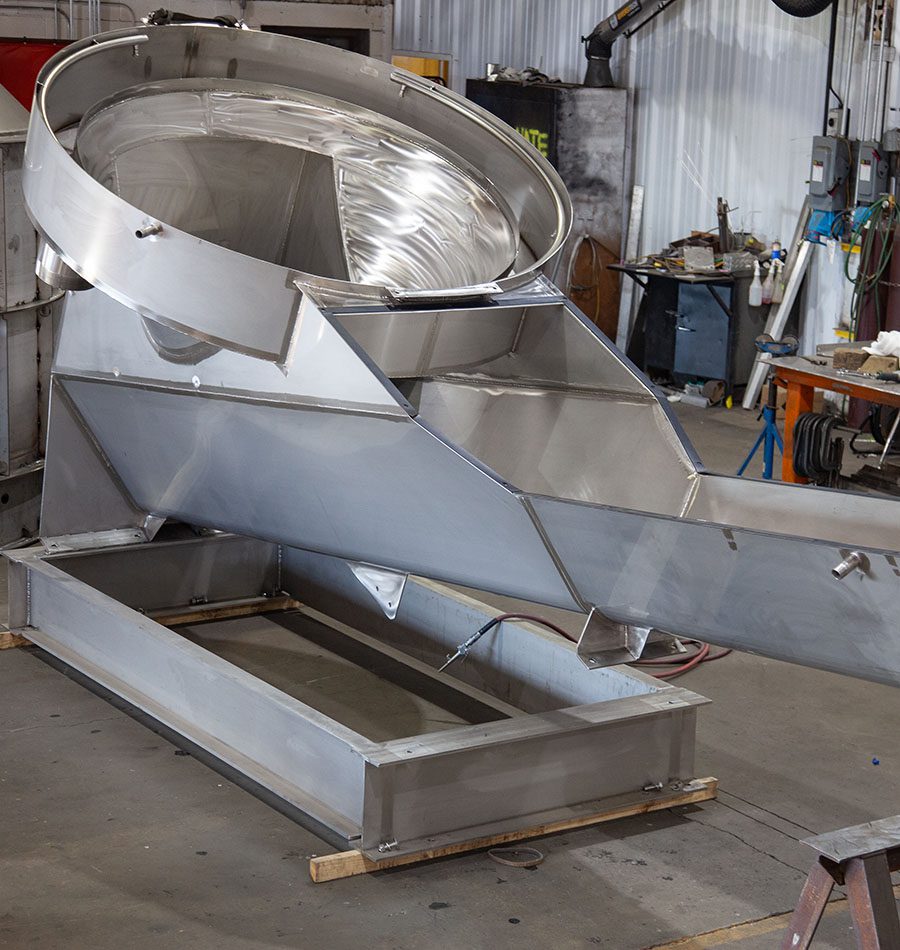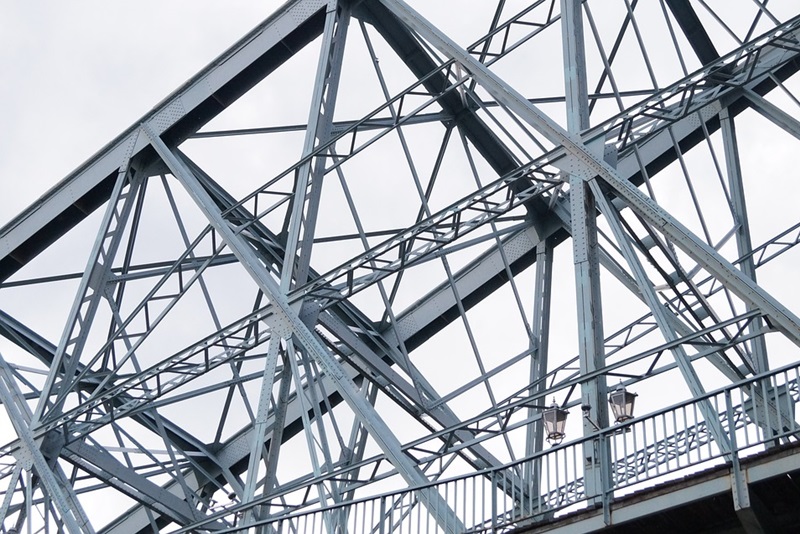Alpha Reo: Blazing A Trail in Reinforced Steel Solutions
Alpha Reo: Blazing A Trail in Reinforced Steel Solutions
Blog Article
Innovative Patterns in Steel Manufacture: Enhancing Resilience and Precision
In the world of steel construction, the search of sturdiness and precision has actually led to a wave of ingenious trends that are reshaping the market. These patterns are not simply shaping the existing yet likewise laying the groundwork for the future of steel fabrication, guaranteeing more enhancements in sturdiness and precision.
Advanced Welding Technologies
In the world of steel construction, the fostering of cutting-edge welding innovations has actually considerably reinvented the sector's method to attaining premium top quality and accuracy in structural welds. Advanced welding modern technologies, such as laser light beam welding and friction stir welding, have emerged as game-changers in the field. Laser beam welding employs a focused laser beam of light to join steel components with amazing accuracy and rate, making it ideal for thin products and complex designs. On the various other hand, friction mix welding develops unbelievably strong bonds by mechanically intermixing the molecules of the materials at the joint, eliminating the need for thawing the metal. These modern technologies provide countless benefits, including decreased heat-affected areas, very little distortion, and boosted mechanical residential properties in the welded joints. By leveraging these advanced welding techniques, steel makers can raise the sturdiness, toughness, and accuracy of their architectural welds, meeting the progressively requiring requirements of contemporary building and construction jobs.
Robot Automation in Manufacture
Accepting robotic automation has become a foundation of modern steel manufacture techniques, enhancing procedures and improving efficiency across the sector. Robotics are changing the method steel components are manufactured, supplying unequaled accuracy and speed while reducing human error. These automated systems can deal with repetitive tasks with constant accuracy, resulting in greater quality output.
One trick benefit of robot automation in steel manufacture is the capacity to work around the clock without exhaustion, dramatically increasing production outcome. This continual procedure minimizes downtime and increases job timelines, ultimately saving expenses for manufacturers. Additionally, robots can be programmed to do elaborate jobs that might be challenging or hazardous for human workers, boosting security in the office.
Furthermore, robot automation enables seamless combination with various other electronic technologies, such as computer-aided layout (CAD) software program and Web of Points (IoT) systems (steel fixing). This interconnected approach improves communication between different stages of construction, maximizing workflows and making certain real-time surveillance and control. As the steel fabrication industry continues to advance, robotic automation sticks out as a transformative pressure driving effectiveness and accuracy in manufacturing procedures

High-Strength Alloy Development
The innovation of high-strength alloy development in steel fabrication is improving the sector's approach to enhancing product longevity and efficiency. High-strength alloys are crafted to exhibit premium mechanical homes, such as boosted tensile strength, toughness, and rust resistance compared to conventional steel grades. By including these advanced alloys into manufacture procedures, producers can produce parts that stand up to higher stress and anxiety degrees and harsh settings, bring about more reliable and sturdy final result.
One key benefit of high-strength alloy development is the capability to lower product thickness without endangering structural stability. This not just causes lighter-weight components however also adds to set you find back savings and boosted effectiveness in fabrication and assembly processes. The enhanced strength-to-weight ratio of these alloys permits for the layout and building and construction of frameworks with higher load-bearing capabilities while reducing total weight.
3D Modeling and Simulation Software
Advancements in steel fabrication processes have been substantially moved by the integration of innovative 3D modeling and simulation software program tools. These devices allow fabricators to develop thorough online designs of their tasks, enabling them to visualize the end product with precision before any kind of physical job begins. By imitating numerous anxiety variables, environmental conditions, and structural lots, makers can optimize styles for improved durability and performance. In addition, 3D modeling and simulation software program simplify the production procedure by recognizing possible issues early on, reducing the requirement for expensive rework and decreasing product waste.

Sustainable Practices in Steel Production
Incorporating sustainable practices right into steel production procedures is necessary for minimizing environmental impact and making sure long-lasting resource availability. One vital sustainable method is the adoption of energy-efficient technologies to reduce greenhouse gas exhausts throughout the steel production process. This consists of using like this renewable resource sources, such as solar or wind power, to power steel plants and carrying out energy-efficient tools to maximize power use.
One more essential element of lasting steel manufacturing is the accountable sourcing of raw products. This involves making sure that the iron ore and various other sources utilized in steelmaking are gotten from ethical and eco-friendly resources. By promoting transparency in the supply chain and adhering to rigorous environmental requirements, steel producers can minimize the negative effects of resource removal on regional communities and neighborhoods.

Final Thought
To conclude, the ingenious patterns in steel manufacture such as advanced welding modern technologies, robot automation, high-strength alloy growth, 3D modeling and simulation software program, and sustainable methods are boosting the toughness and precision of steel items. These developments are transforming the steel manufacture industry by enhancing sustainability, top quality, and performance. It is clear that the future of steel manufacture depends on embracing these advanced innovations to fulfill the demands of modern-day building and construction and production sectors.
In the world of steel fabrication, the pursuit of durability and accuracy has actually led to a wave of innovative fads that are reshaping the sector.In the world of steel construction, the adoption of advanced welding innovations has actually substantially changed the industry's method to attaining superior high quality and precision in structural welds. As the steel manufacture sector continues to progress, robotic automation stands out as a transformative pressure driving performance and precision in manufacturing processes.
Furthermore, recycling and reusing steel scrap and read the full info here waste products play a significant function in improving the sustainability of steel production. steel fabricators melbourne.In conclusion, the innovative patterns in steel construction such as advanced welding modern technologies, robot automation, high-strength alloy development, 3D modeling and simulation software application, and lasting practices are boosting the sturdiness and accuracy of steel items
Report this page